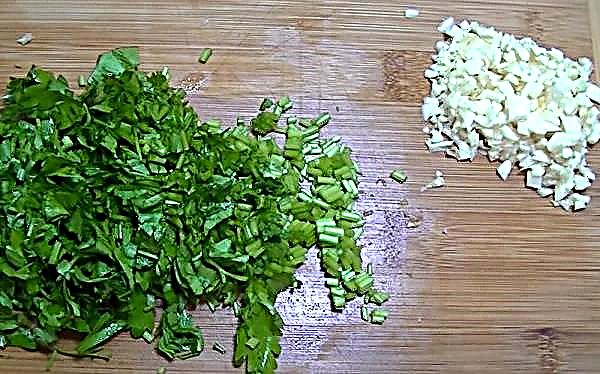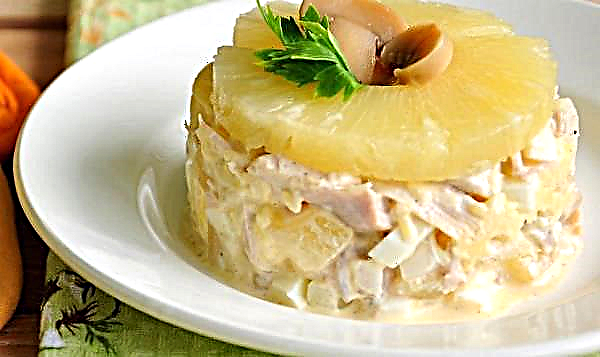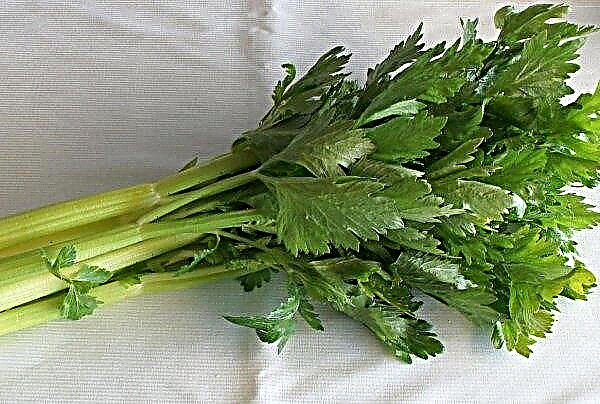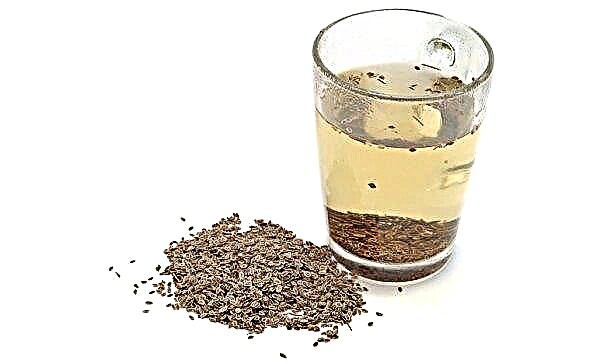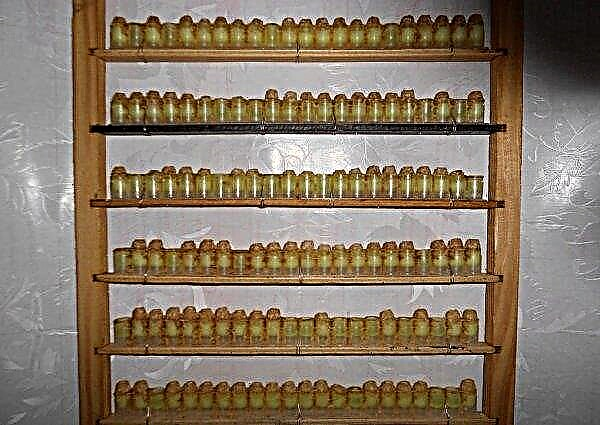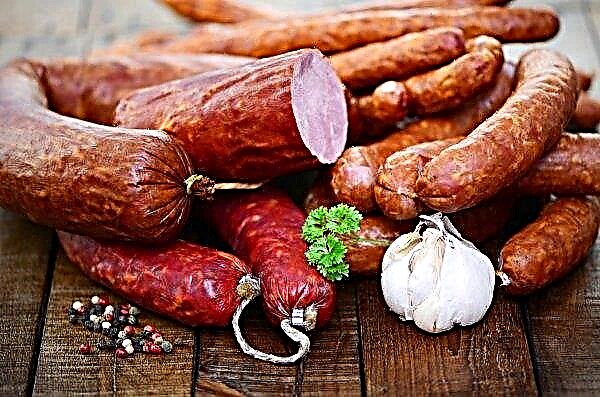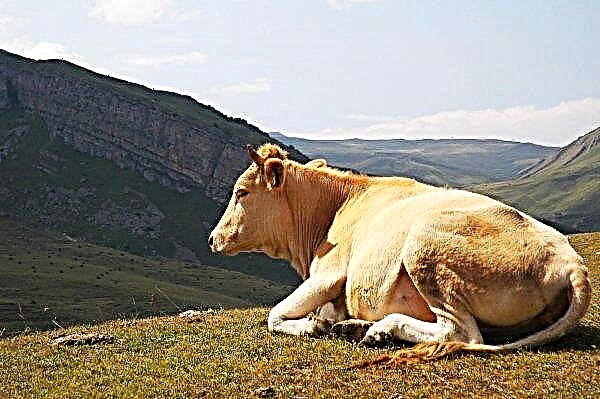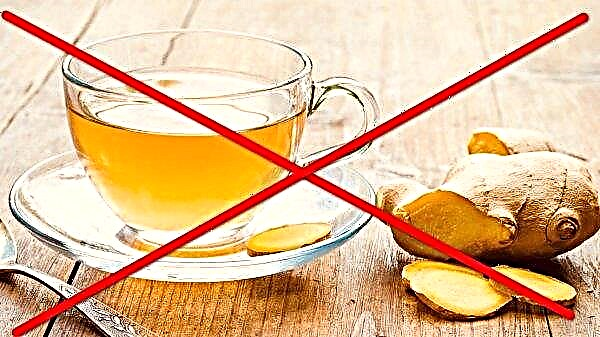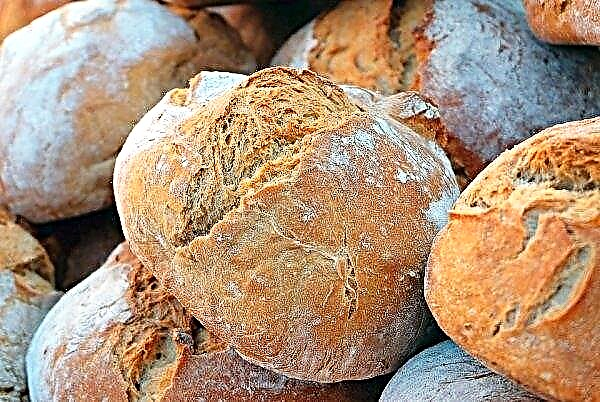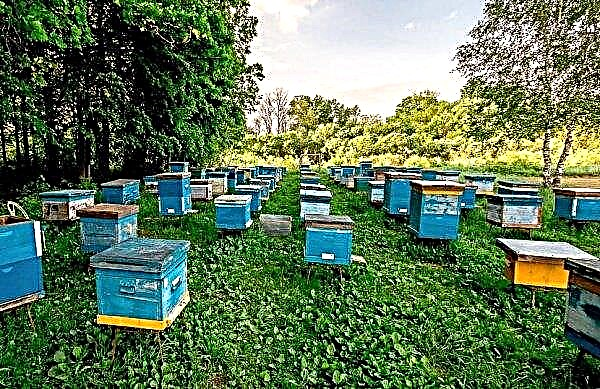Seedlings of bell peppers are fragile and quite whimsical, so traumatic procedures such as picking should be carried out very carefully and in compliance with all the nuances. Consider how to dive peppers properly and when to do it.
What is a pick?
Picking is a process performed by gardeners to stimulate the growth of strong and healthy seedlings, which consists in transplanting a few grown seedlings from a common container into separate pots. Sometimes seeds are sown in small containers - cassettes, whose cells are very small and contain a small amount of earth. As the plants grow, they need to be transplanted into more spacious individual containers, so that later it is easier to plant in open ground.

Why dive peppers
There are several opinions about the picking - they are completely opposite, so we will consider whether it is possible not to dive pepper and what is the use of transplanting it.
According to some experienced gardeners, picking peppers is a completely useless process that only injures the root system. But there is another point of view, which is the need to implement the procedure to ensure free space for the root system. This procedure will allow the development of additional roots, which will contribute to better absorption by plants of moisture and nutrients to ensure normal growth and development of seedlings.
Another reason for the importance of transplanting plants into separate glasses is that when sowing in large high containers filled to the top with soil, only hatching seedlings will lack oxygen, excess moisture can accumulate in the upper soil layer, which is fraught with rotting of the root system.
When transplanting seedlings, a new soil is used, rich in nutrients necessary for the normal development of a strong plant. If you leave the seedlings in the old container, the roots will intertwine with each other, and transplanting pepper into the open ground in one seedling will be very difficult, since all the roots will have to be untangled. When using cassettes for sowing, seedlings that are very grown up, filling the entire cell with roots, may begin to turn yellow and die due to lack of free space.Did you know? India is considered the birthplace of pepper: there they began to grow culture more than 3 thousand years ago.
Pros and cons of picking sprouts
Consider the pros and cons of picking pepper seedlings in order to finally determine whether it should be carried out or not.
- Pros of transplanting pepper seedlings:
- providing plants with free space for the normal development of the root system;
- simultaneous sorting of seedlings into strong and healthy, which are worth transplanting, and weak, which can be thrown away;
- disease control, as it is possible to reject diseased specimens on time so that they do not infect healthy ones;
- stimulation of the growth of a strong stem, which will provide good survival in open ground;
- increase productivity - strong and healthy plants will definitely give a good harvest.
- Despite the large number of positive aspects of pepper transplantation, there are also disadvantages of this procedure, which include:
- severe stress for plants, after which weak specimens can die;
- the risk of infection of healthy specimens - since the procedure is performed by hand, touching the roots of diseased plants, and then - to healthy ones can provoke the spread of the disease;
- the complexity of the process;
- violation of the terms of the procedure can provoke a delay in the development of the plant.
Peppers Dive Dates
It is very important to pick in time: if you transplant pepper seedlings too early, it can take root poorly, since the root system is still too weak. If you are late with a transplant, the roots of neighboring plants will intertwine and picking will be problematic. Consider when it is best to carry out the procedure: the approximate time for its implementation is 15–20th day after sowing, before 3 true leaves appear on the plants.
Important! Do not confuse cotyledonous leaves with real ones: cotyledonous leaves appear immediately after seed germination, and real ones develop much later.
How to dive properly
The transplant process is not complicated, but for the quality of the procedure without damaging the delicate sprouts, you need to figure out how to do it correctly.
Container preparation
For diving seedlings, peat glasses of 200 ml or ordinary plastic with holes in the bottom are suitable. If you plan to late planting in open ground, then the volume of the glasses may be larger - about 500 ml, so that as you grow there will be enough free space for the root system.
Fundamental rules
Let us consider in more detail the main nuances of the pick for ease of procedure:
- For transplantation, universal soil for seedlings is selected, with which prepared containers are filled.
- In the center of the container make a small hole (2 cm deep) and place 1 sprout there.
- Gently cover the roots with a substrate and lightly press down with your fingers for fixation.
- A dive plant is watered with warm water using a spray gun.
- Tanks with seedlings are placed in a shaded place so that direct sunlight does not fall on them.
Video: How to dive pepper
Further care
After picking, pepper seedlings need quality care. The first few days after transplantation, the plants may slightly fade: this process is the norm, as there is getting used to a new substrate. If the care is right, the seedlings will soon recover.
After a week after diving, the seedlings can be moved to the greenhouse: if you do this earlier, the plants will develop poorly. Watering the seedlings after it began and began to grow a little, it is already possible under the root. For irrigation use high-quality water at room temperature. Humidification is carried out every other day, adding a small amount of water.Important! the main thing — at first time Do not fill the seedlings with large amounts of water at the first sign of leaf fading. The root system is still in a state of shock, therefore, cannot absorb moisture, which threatens to rot the roots.
2 weeks after the picking, it is recommended to feed the seedlings - for this it is better to purchase a universal mixture of fertilizers for vegetable crops and use according to the instructions on the package. The main condition for choosing high-quality fertilizers for pepper is the maximum content of nitrogen or manure.
You can find out if the plant is developing correctly by observing the appearance of the ground part: the young top with leaves should be light green, and the lower leaves should be darker.

Useful tips gardeners
- If it is not possible to purchase soil for a dive, you can prepare it yourself. To do this, mix sand and humus (1 to 1) and add 0.5 parts of ash to reduce the acidity of the finished mixture. The resulting substrate should be loose and breathable.
- To stimulate the processes of seedling growth, it will be useful to add mineral fertilizers to the substrate: for 1 kg of soil mixture 1.5 g of superphosphate, 1 g of potassium sulfate, 0.5 g of ammonium nitrate.
- In order for excess moisture to leave the glasses faster after watering, it is recommended to pour a drainage layer (1-2 cm) to the bottom when you are picking.
- Before picking, the seedlings are pre-moistened to make the process of extracting the root system from the earth easier. To do this, 2 days before the planned procedure, the seedlings begin to water with a small amount of water.
Did you know? Sweet pepper has about the same effect on the body as chocolate — it provokes the release of endorphin — “Hormone of happiness”, but its positive effect is much greater due to the maximum content of nutrients and minimal calorie content.
Thus, picking peppers is a prerequisite for obtaining high-quality, healthy and strong seedlings. To perform the procedure correctly, it is necessary to follow the recommendations and in the future to provide the plants with good care.

